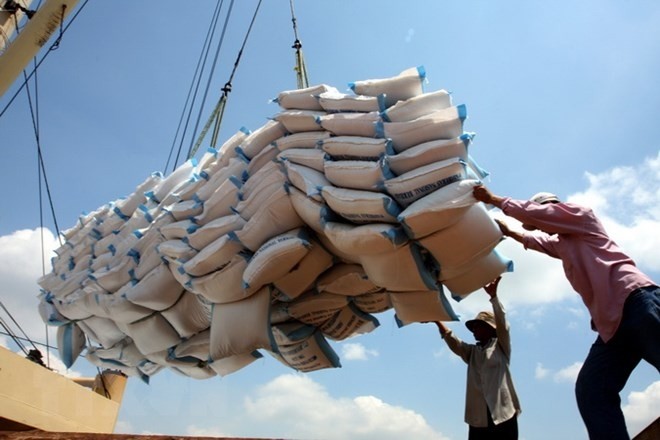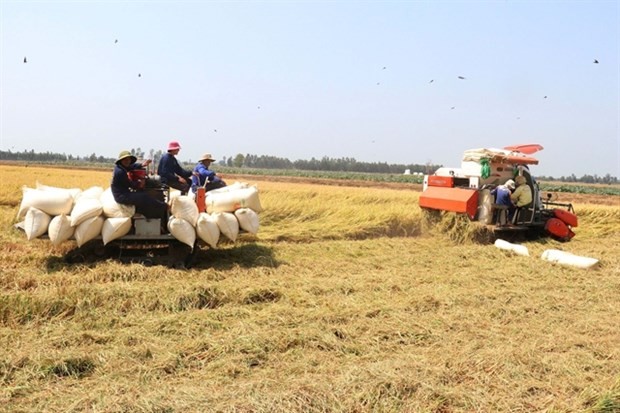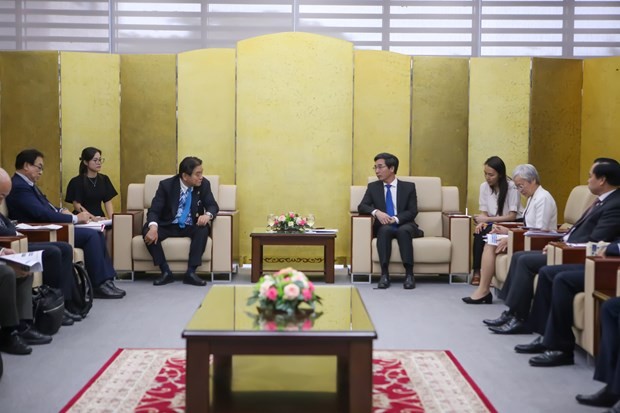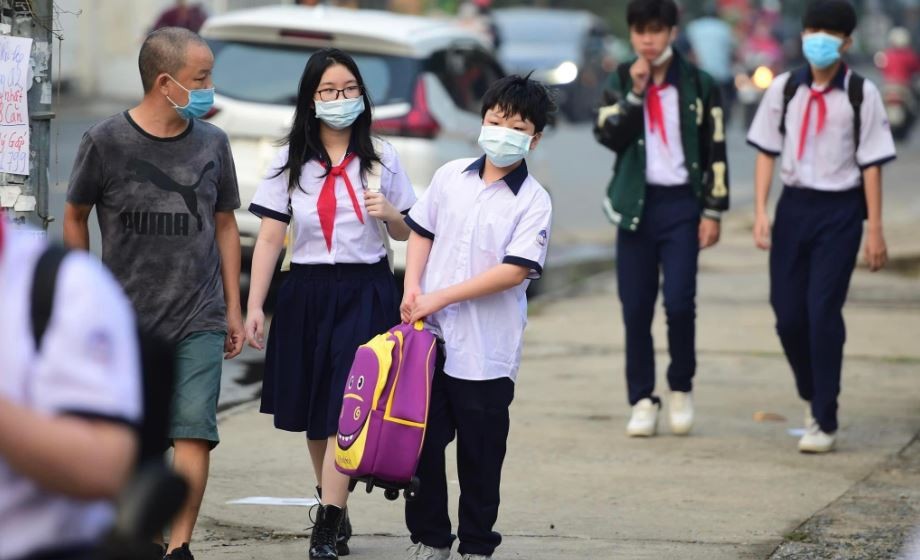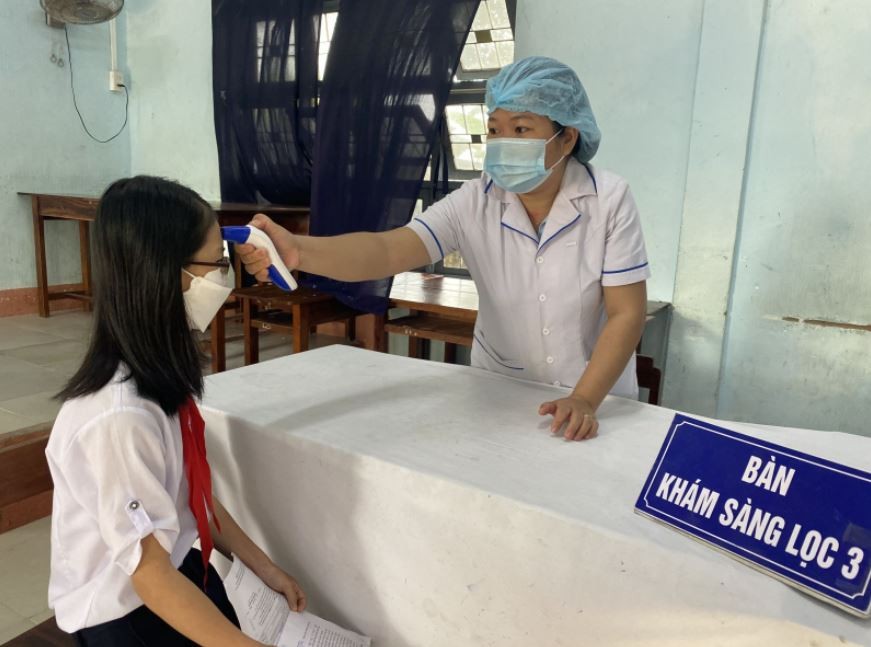International rice prices hit 6-year high as Thailand and Vietnam face drought and Covid-19
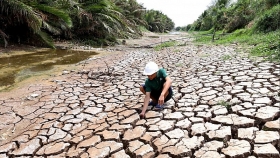 |
| A parched field in the southern Vietnamese province of Tien Giang. VNA |
International prices of rice have surged as droughts keep production low in key exporters Thailand and Vietnam, while panic buying amid the coronavirus pandemic is also tightening supply.
Thailand’s benchmark 5% broken rice prices rose to $470-$495 per tonne on Thursday, their highest since August 2013, versus last week’s $460-$467 range. Vietnamese rice also exceeded $400 a ton, a level not seen since December 2018.
“Many rice mills are refusing to sell due to uncertainty over supply during this dry season,” a Bangkok-based rice trader said, echoing the concerns of others.
Many parts of the country’s rice growing area have been hit by drought and traders said higher prices were also denting overseas demand.
The Thai government has said this year’s dry season could extend beyond the usual period of April through to June.
The U.S. Department of Agriculture in February projected 2020 global rice trade of 45.3 million tons, down 700,000 tons from its January forecast. The world produced roughly half a billion tons of rice a year, but mostly for domestic consumption. Trade volume is less than for flour, making rice prices susceptible to wild swings in international supply and demand.
Thailand shipped abroad about 11.1 million tons of rice in 2018, and Vietnam roughly 6.6 million tons, according to the USDA. They trailed only top-ranked India and were responsible for 23% and 14% of the market. A trade group in Thailand sees the nation's exports falling to 7.5 million tons in 2020. No significant increase is expected for Vietnamese rice, either.
One issue is a shortage of water. Thailand's main growing areas sit along the Chao Phraya River, while Vietnam's are in the Mekong River delta. Rainfall in upstream areas has been down about 30% from normal levels since August 2019, according to media reports. This crisis is worse than in 2016, which was the most serious of recent years, according to the head of an organic farming research institute in Vietnam.
Booming dam construction is another factor. The upstream area of the Mekong River in southern China is home to 11 dams, with plans for about 10 more. The flow rate in downstream regions has decreased, even allowing seawater to flow upstream.
| Should the drought continue until June, the February-July rice harvest in Thailand will fall by half on the year, predicts the SCB Economic Intelligence Center, a unit of Siam Commercial Bank. Urbanization means less land for rice farming. Vietnam had 7.47 million hectares available as of October, down 1.2% on the year, according to the Ministry of Agriculture and Rural Development. Higher prices are feared to lead to inflation in such buyer countries as China, Indonesia and Nigeria. Import prices are rising in these developing or oil-producing countries, as their currencies have weakened amid the global economic slowdown and falling crude prices. If rice prices continue to climb, consumption in these economies could cool significantly. |
In topics
 Focus
Focus
Vietnam Covid-19 Updates (May 1): Daily Infections Fall to Nine-month Low of 5,109
 Focus
Focus




